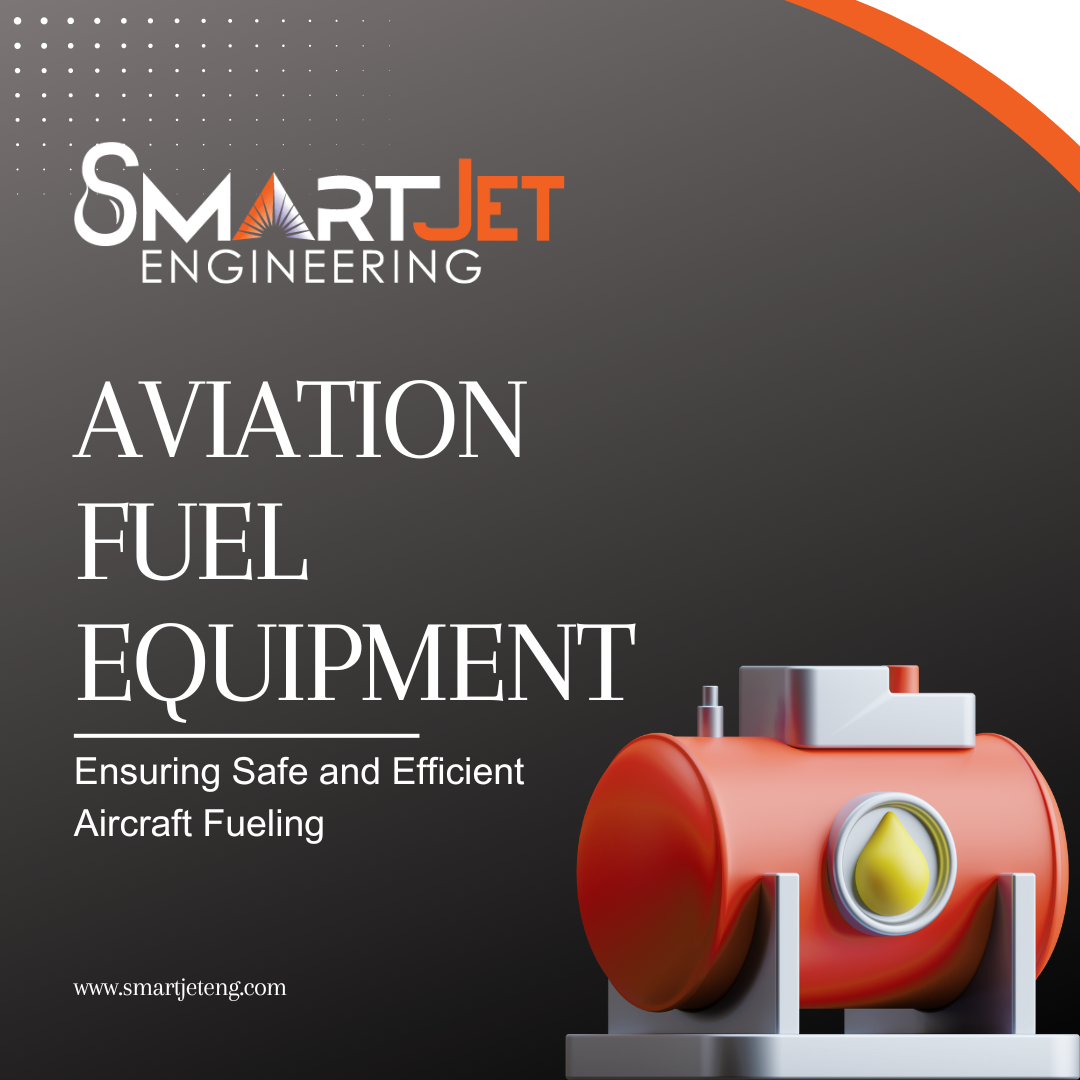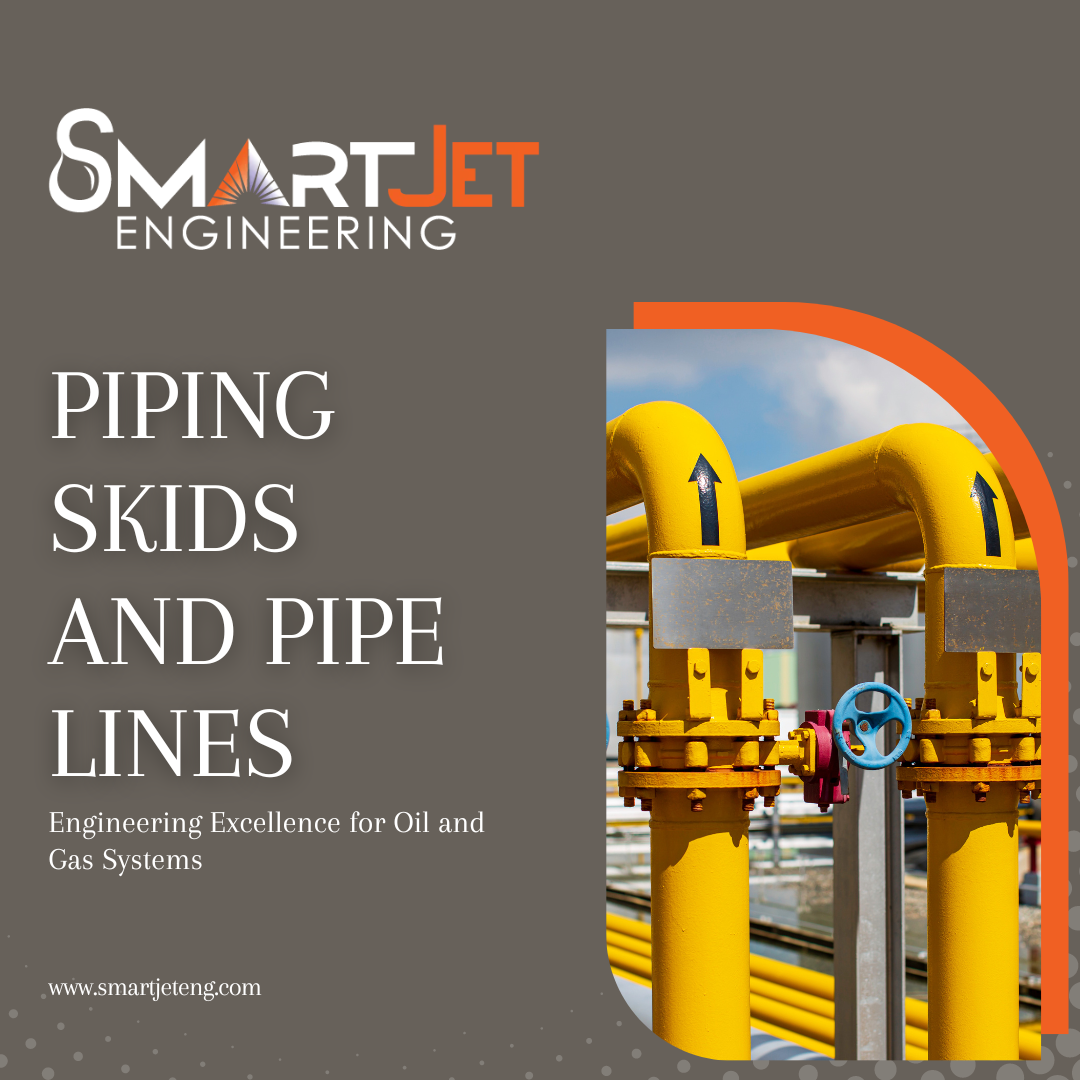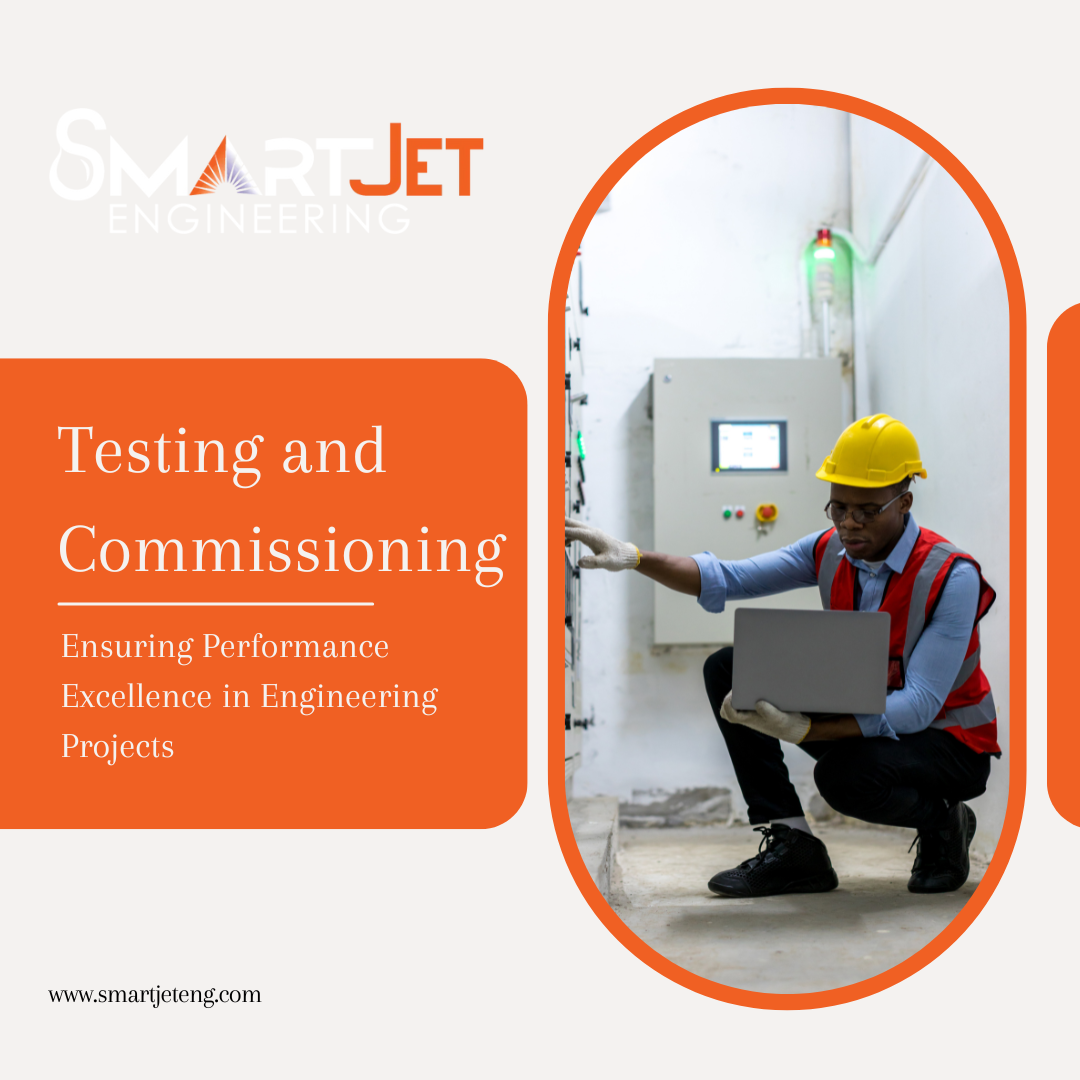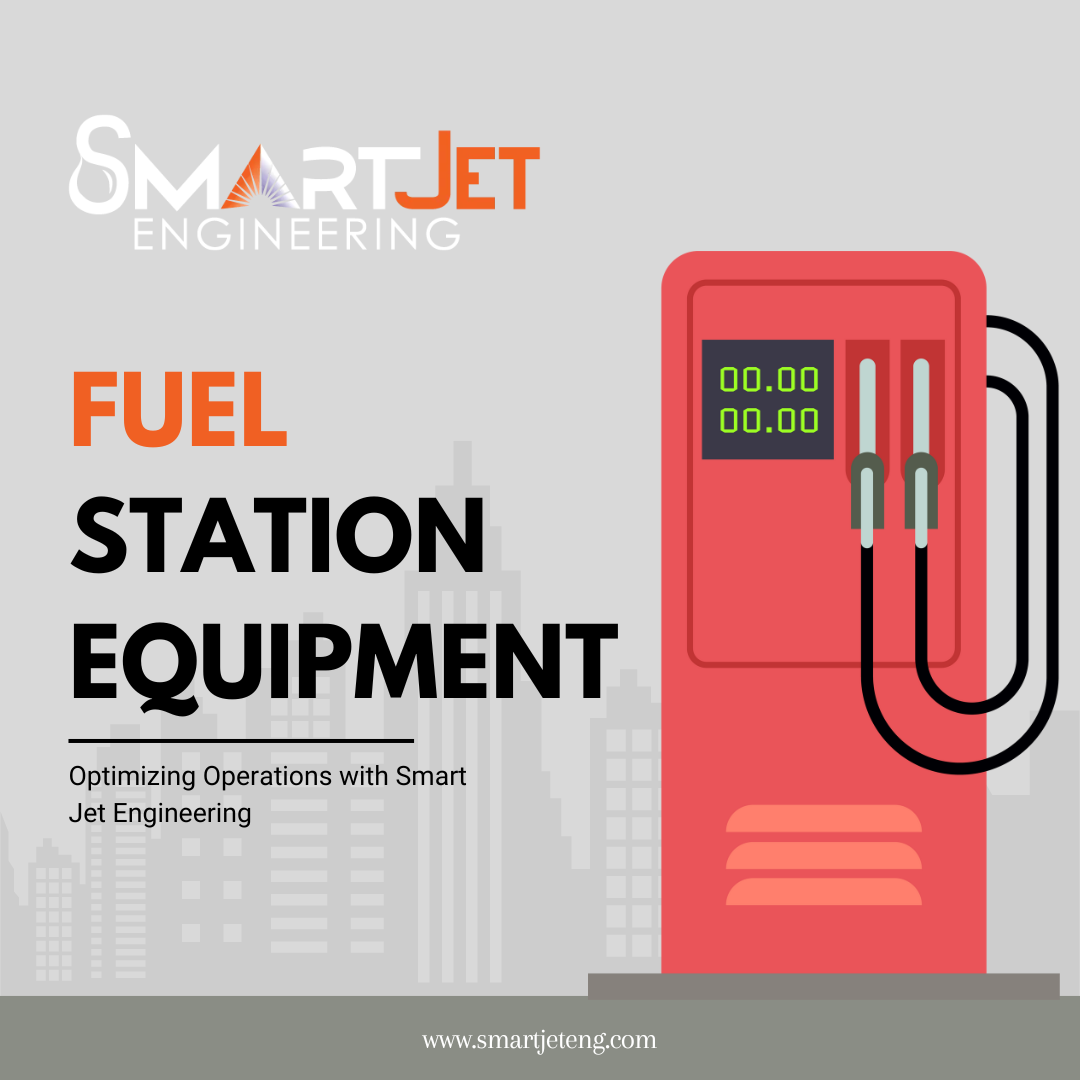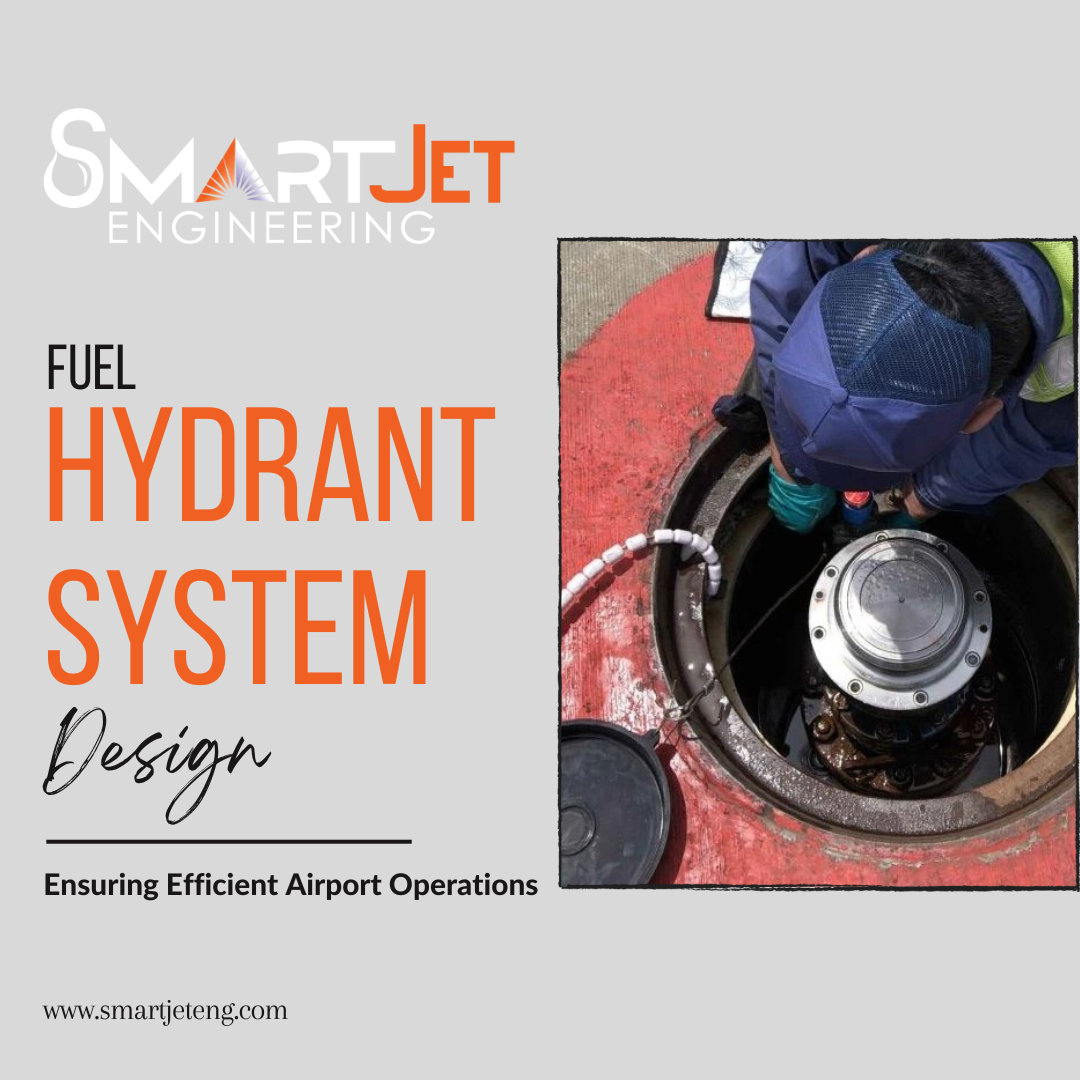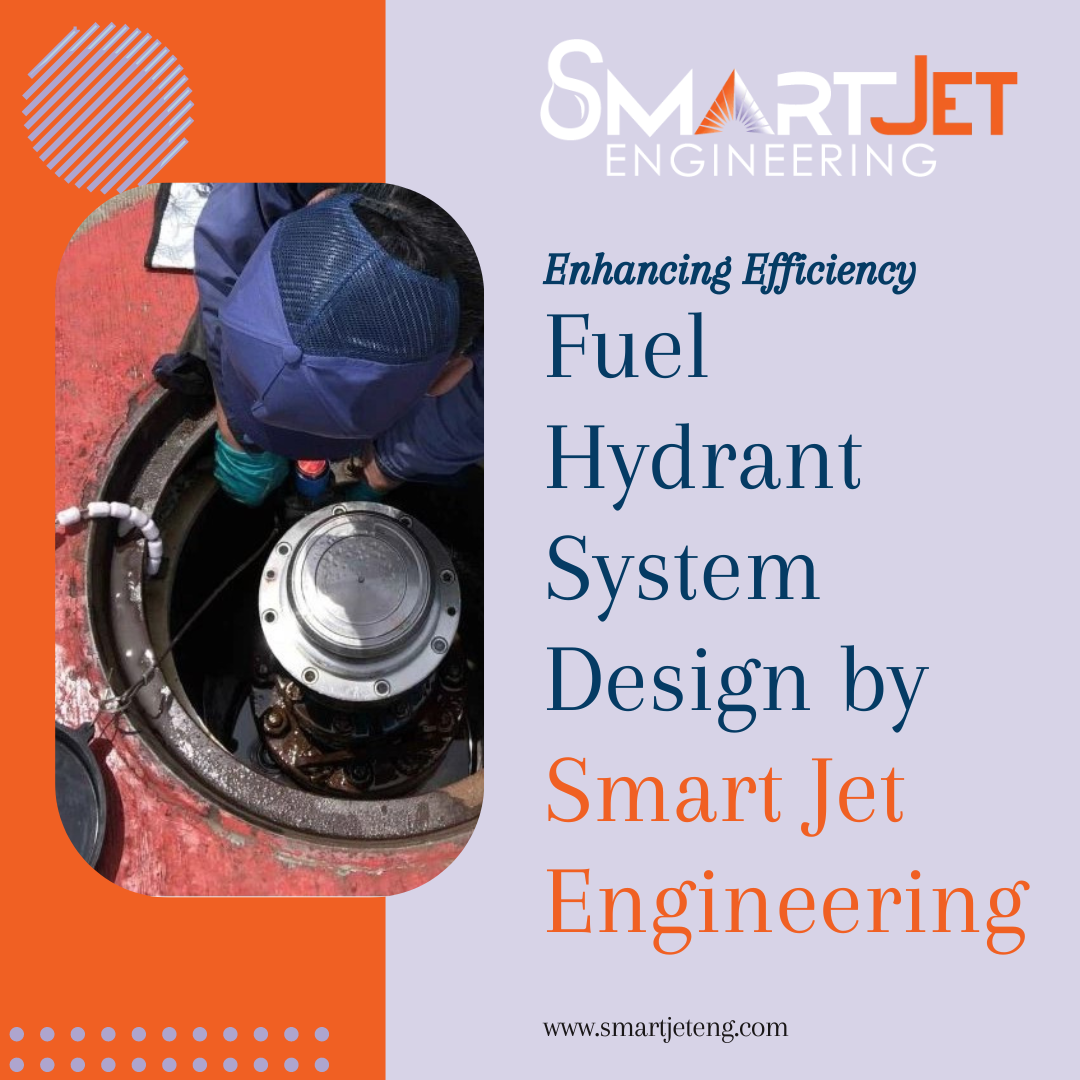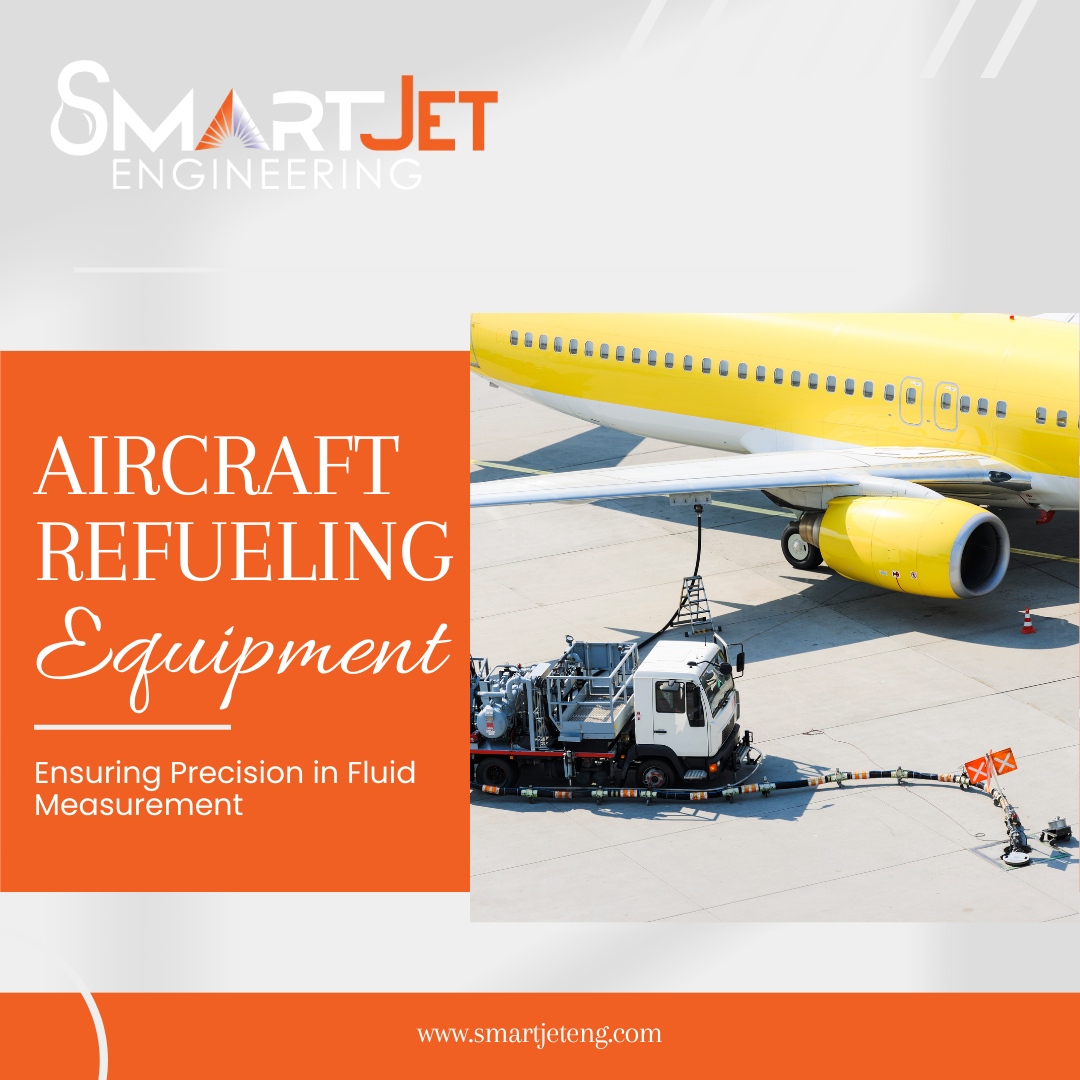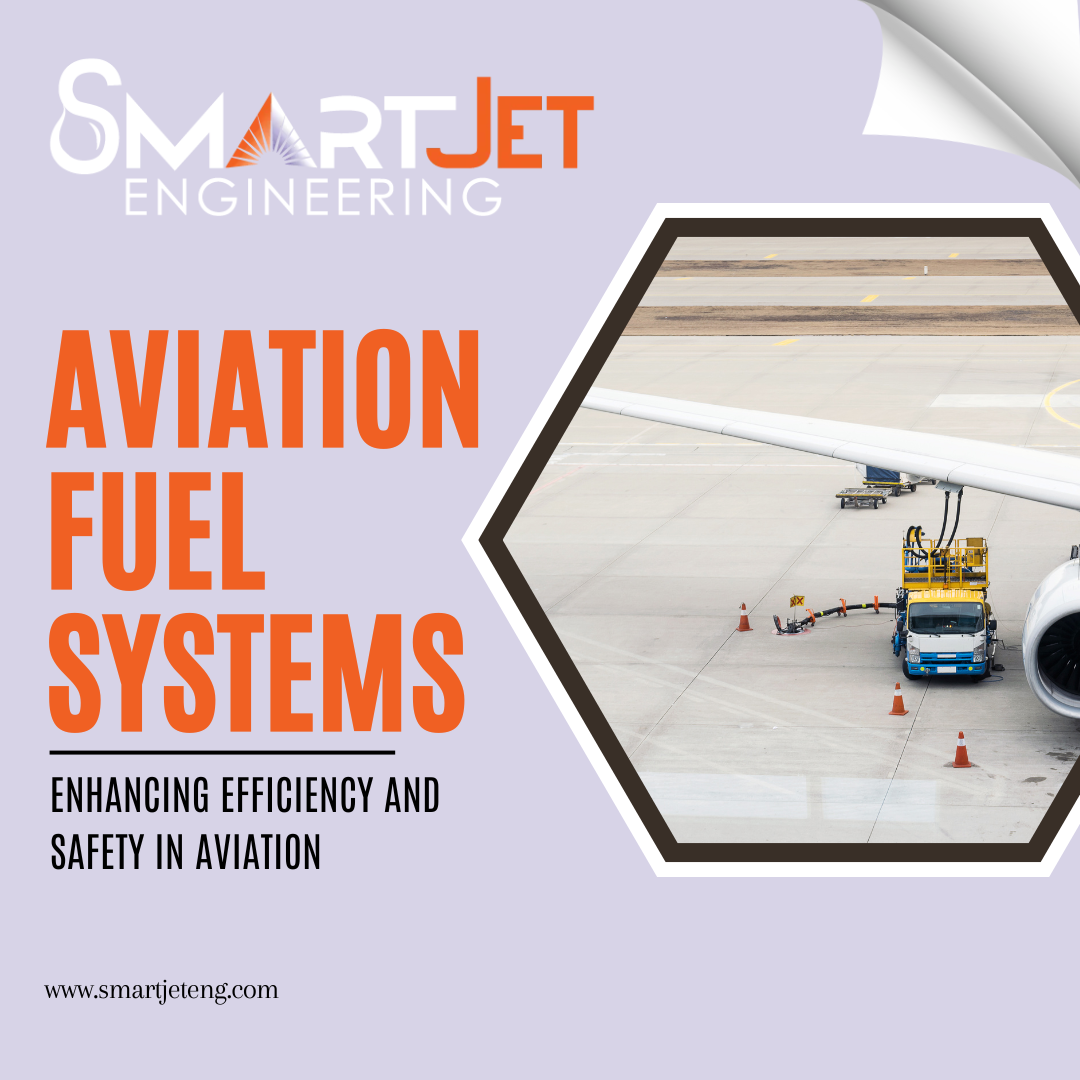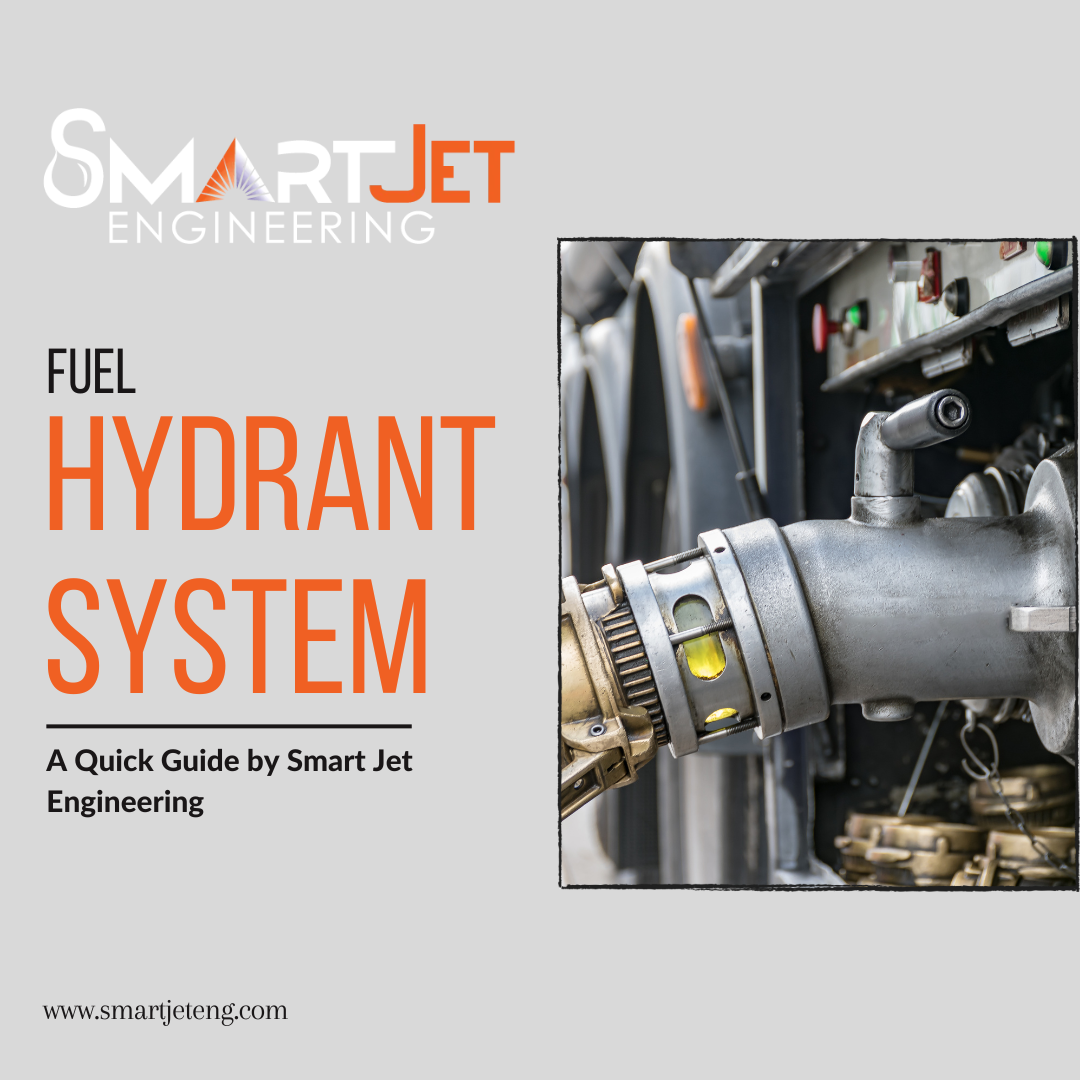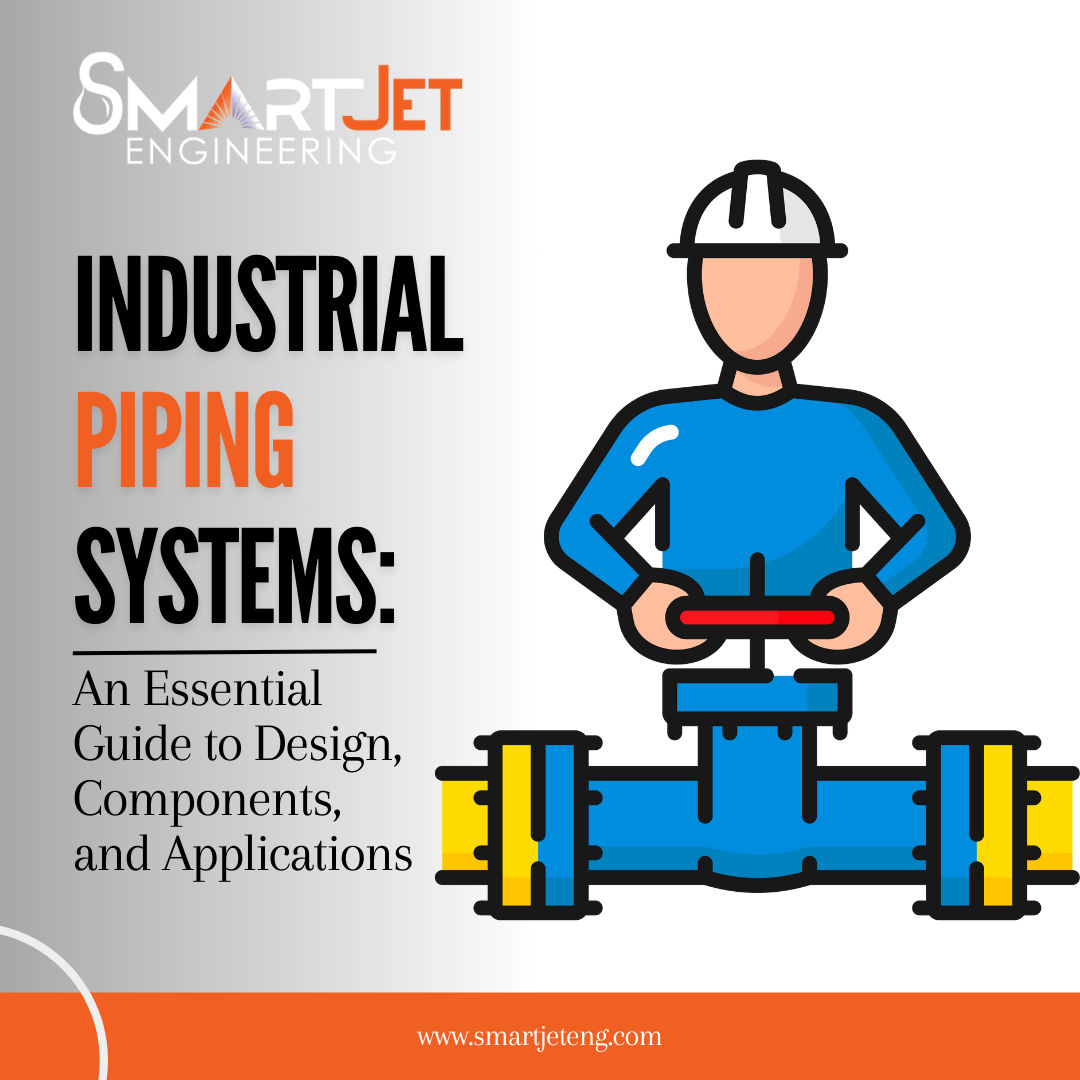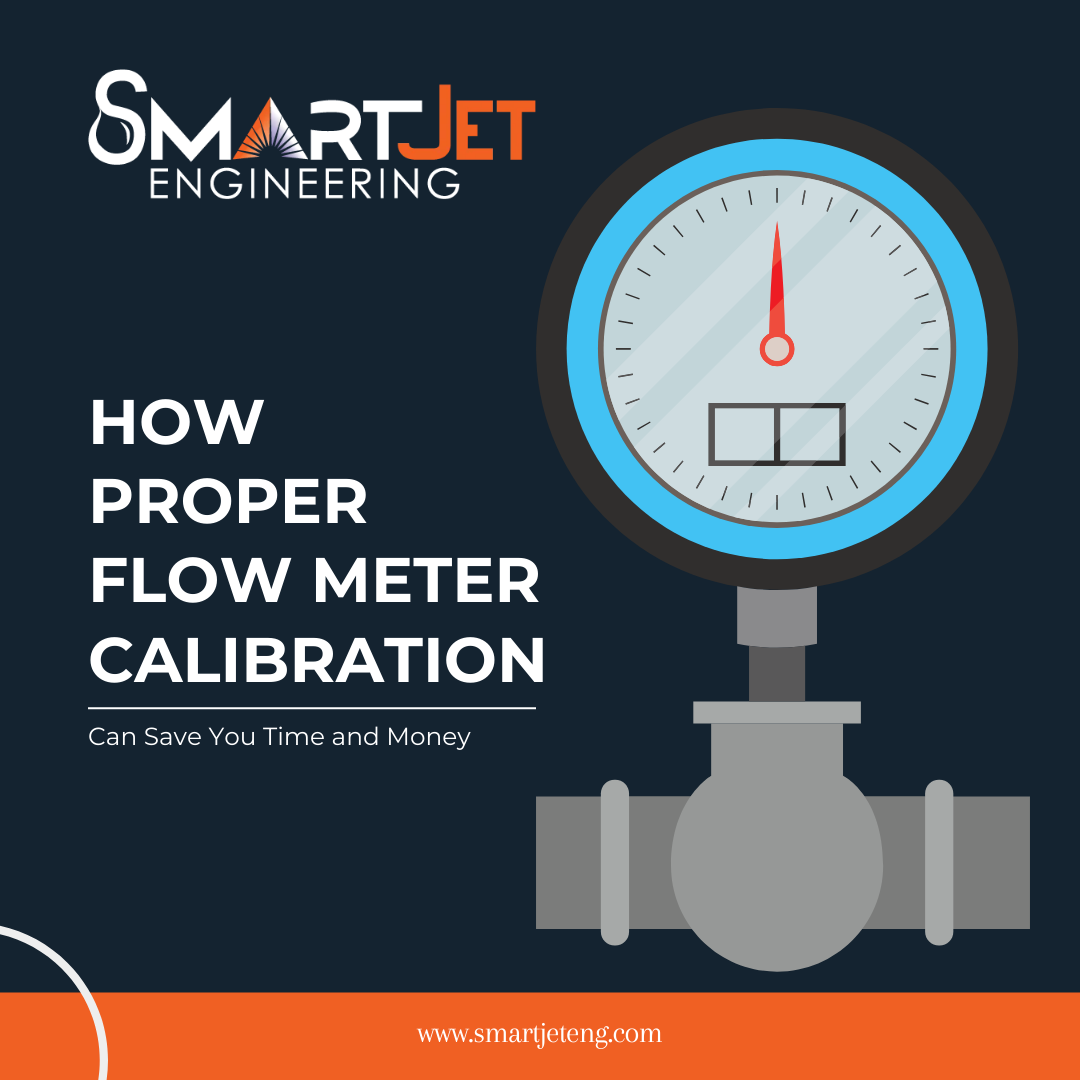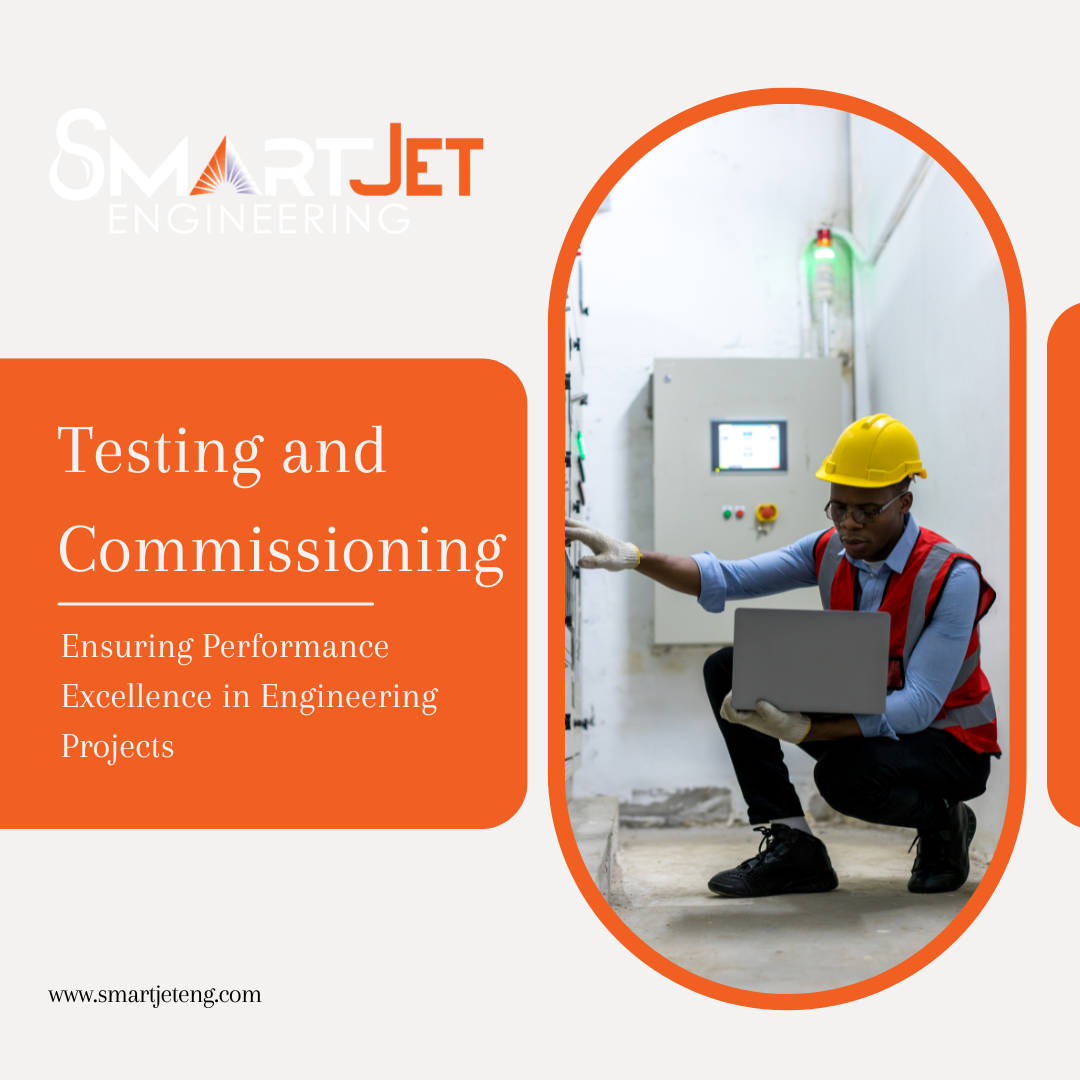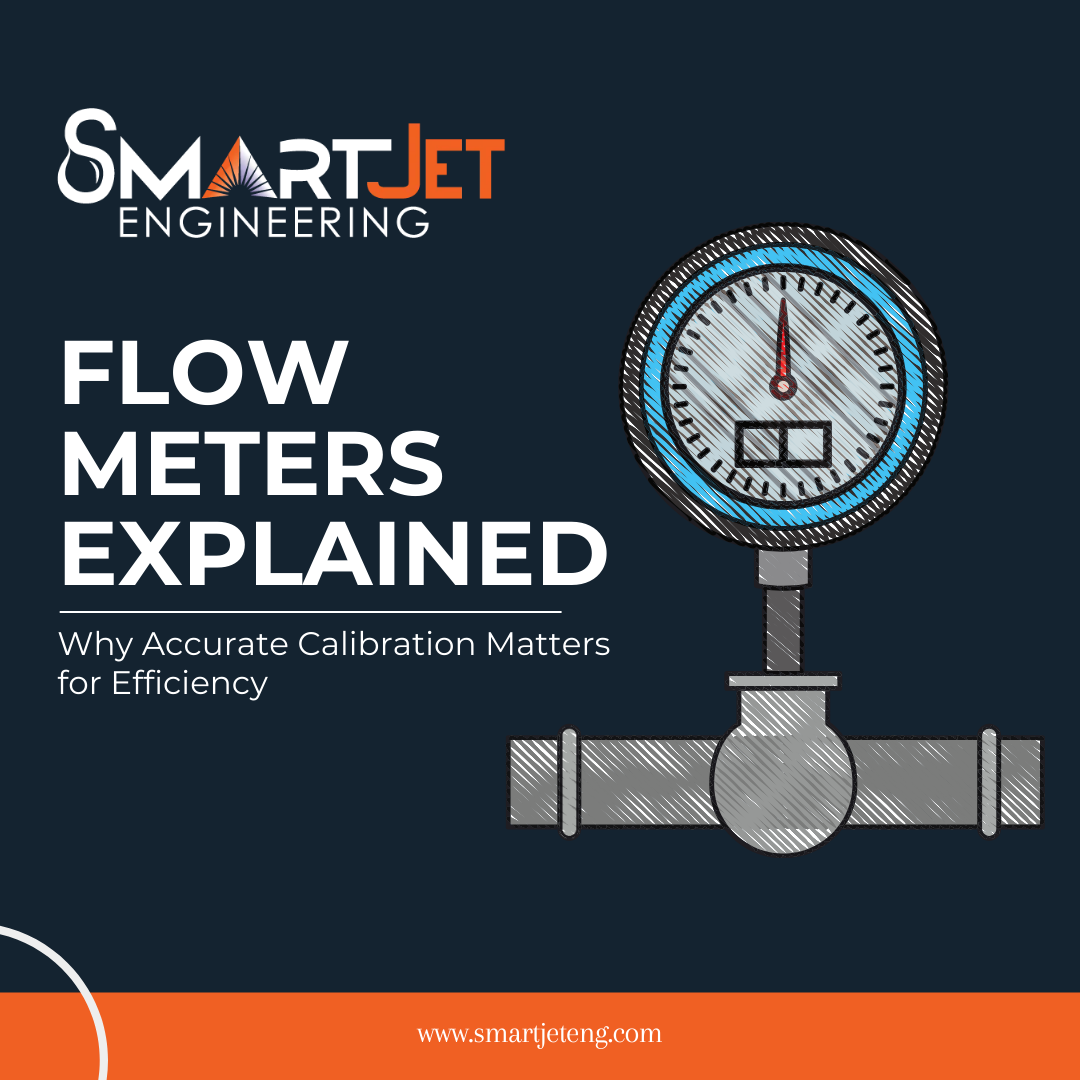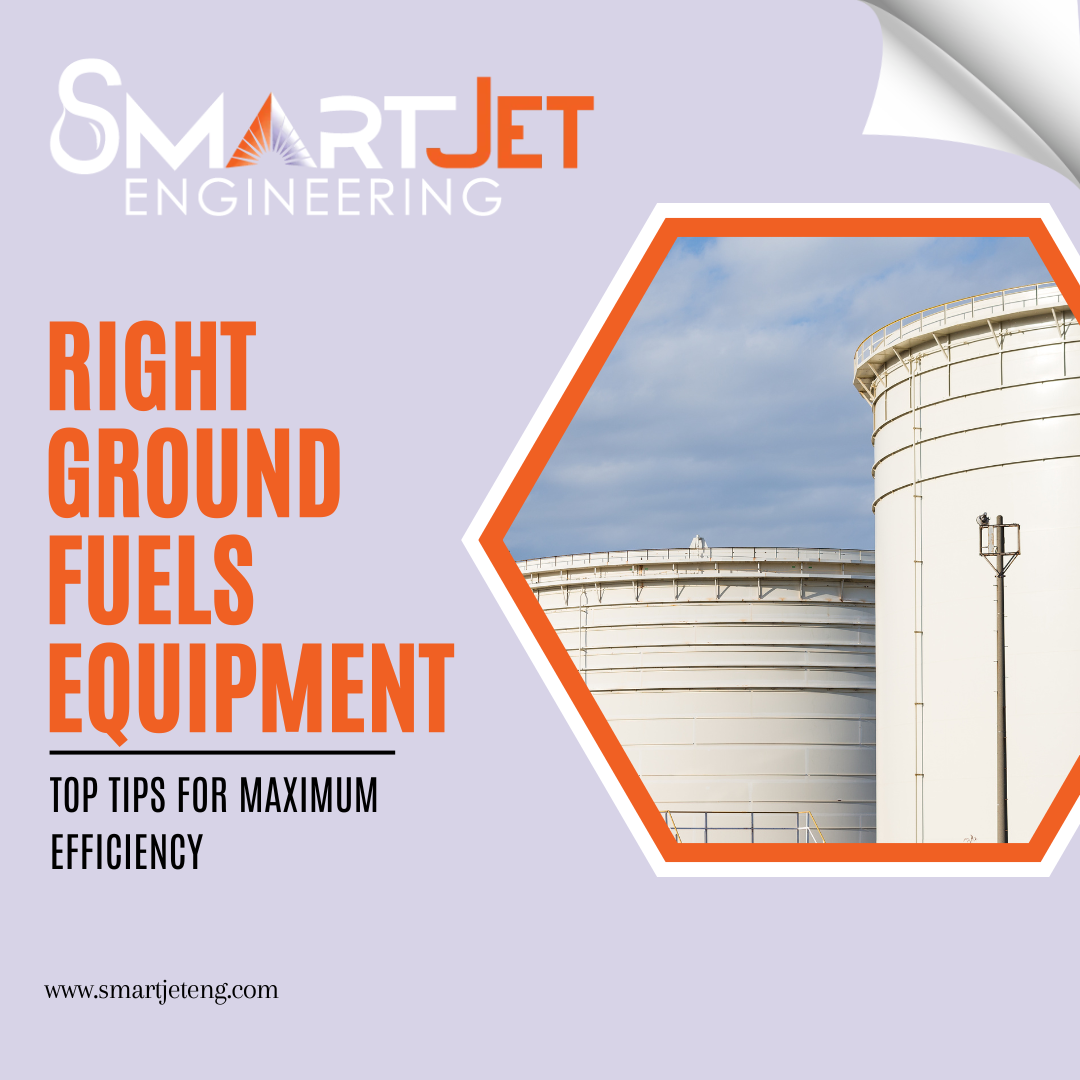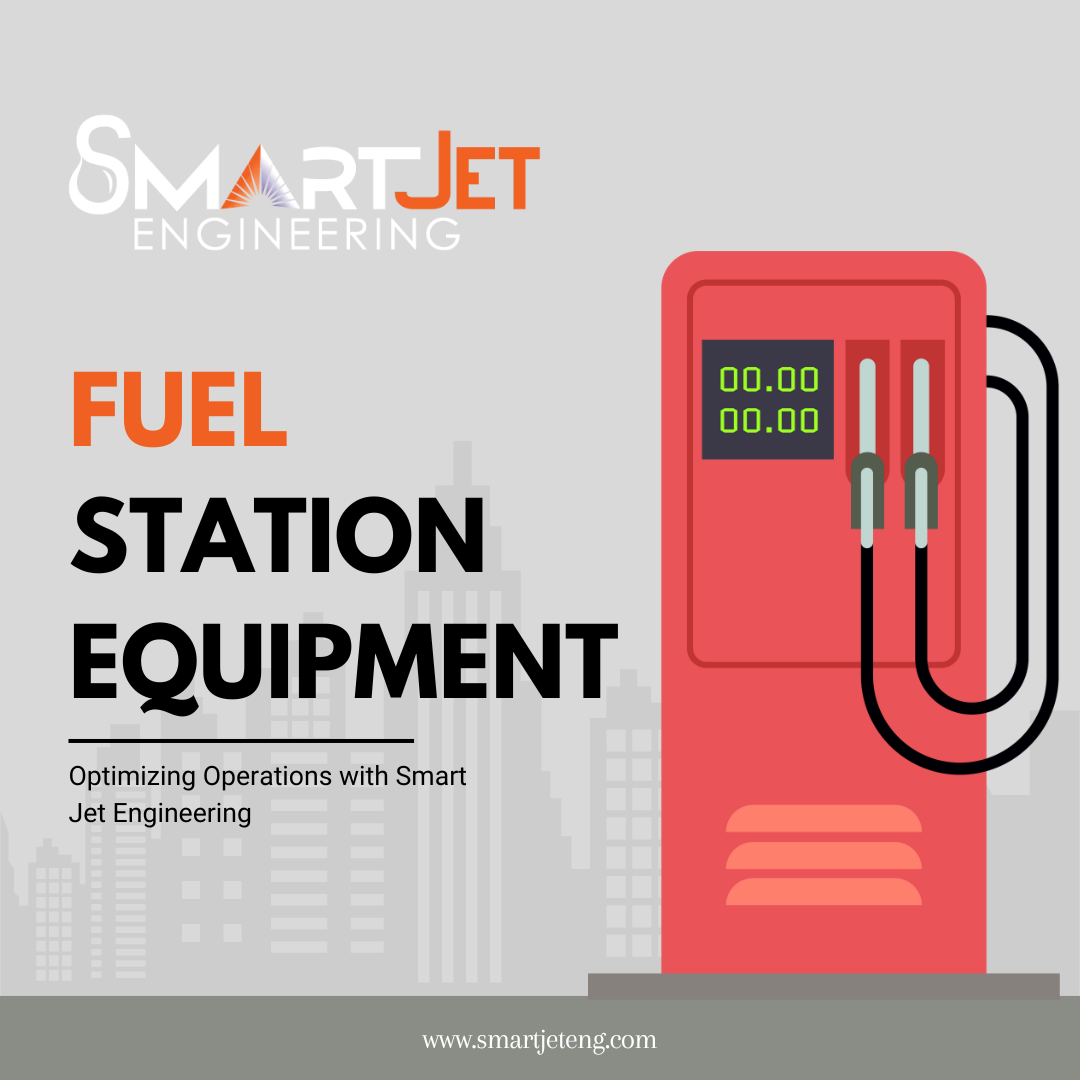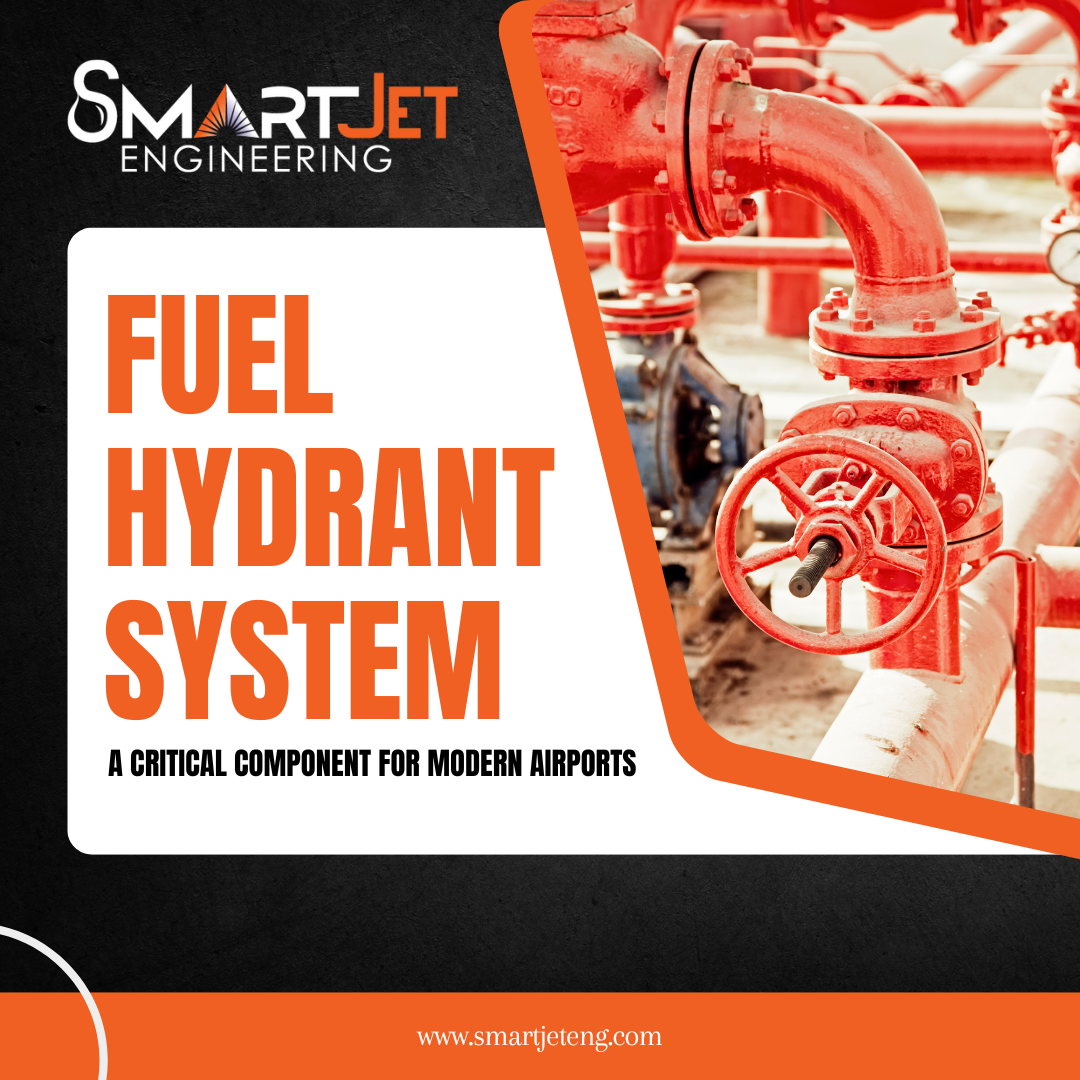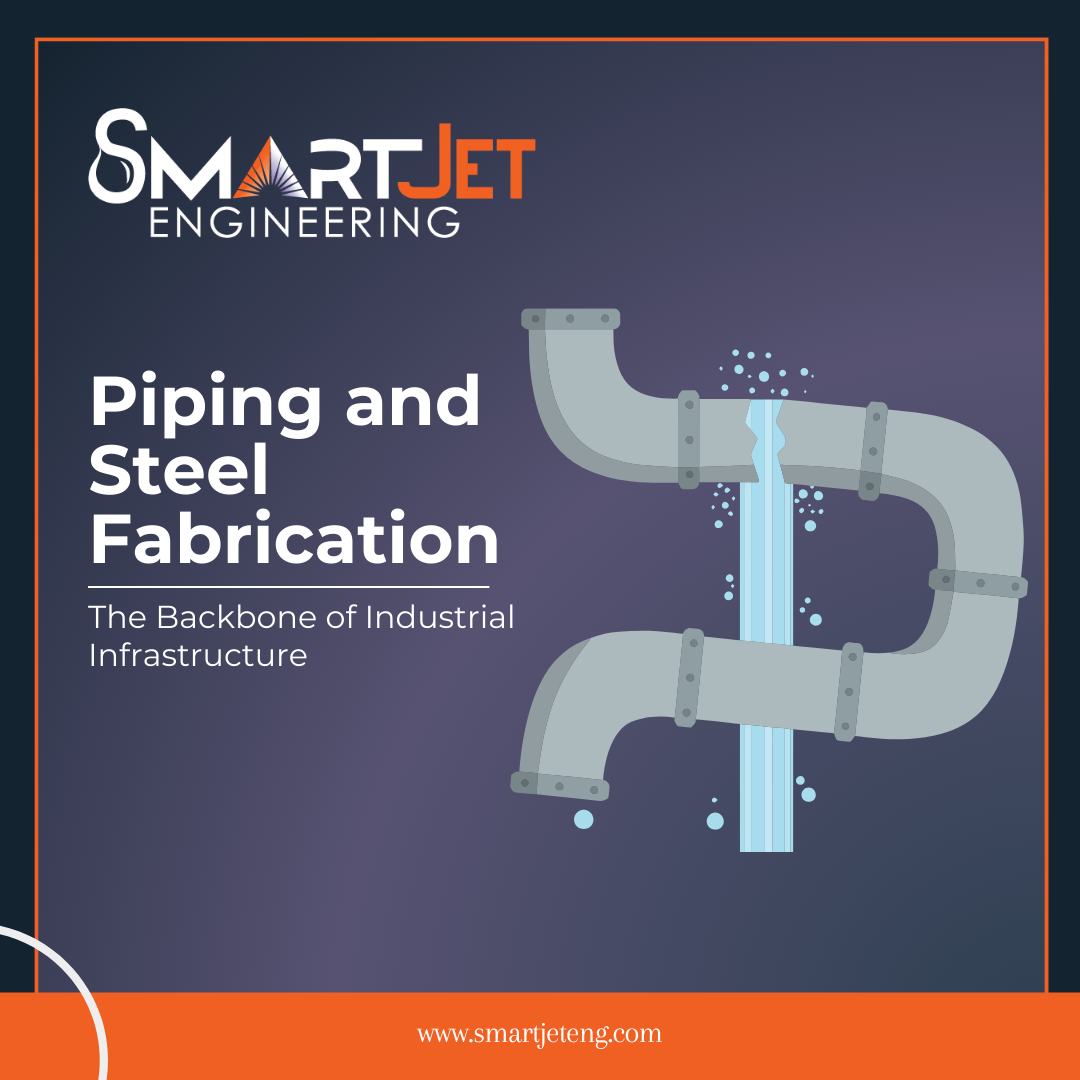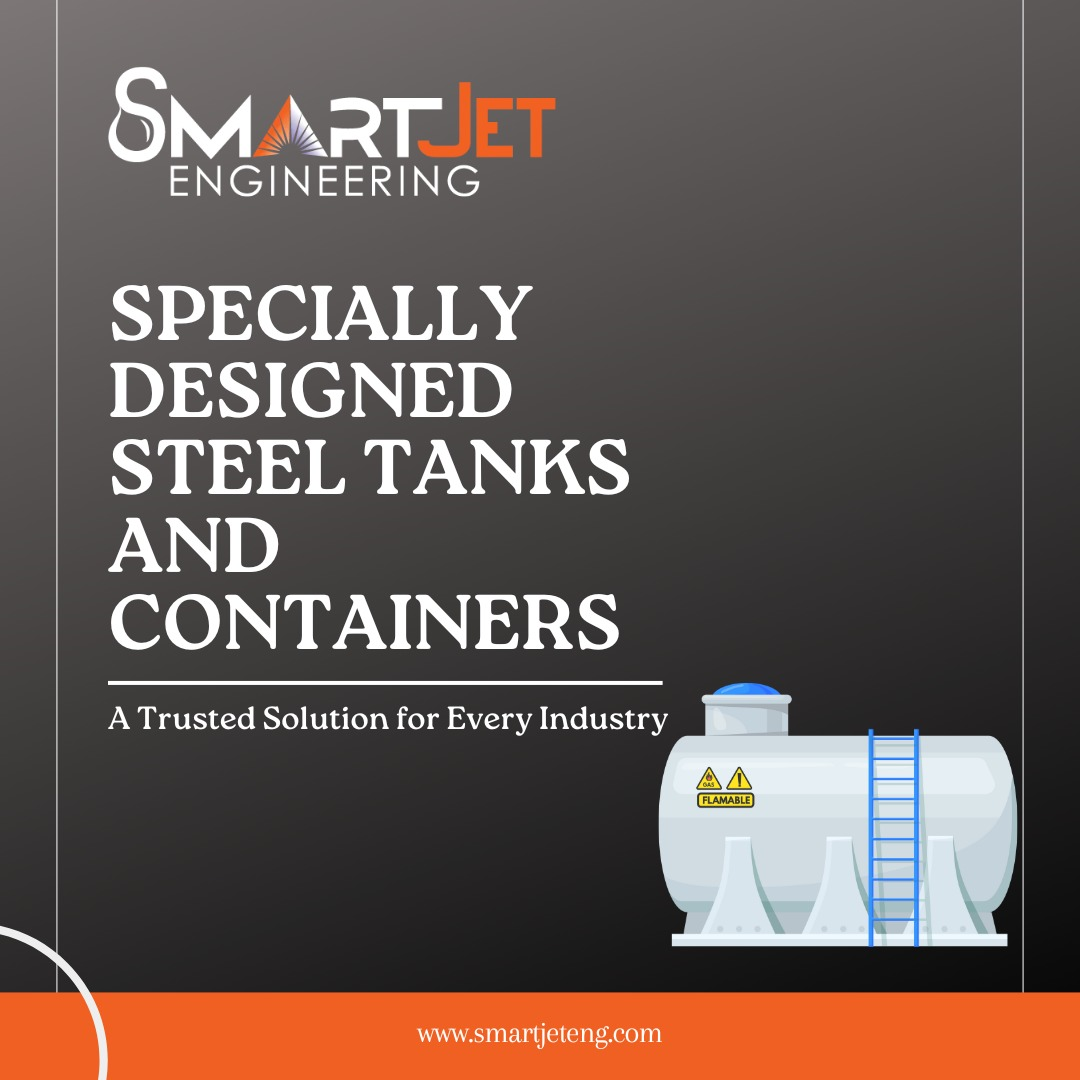The Future of Flow Meter Calibration
By - Admin
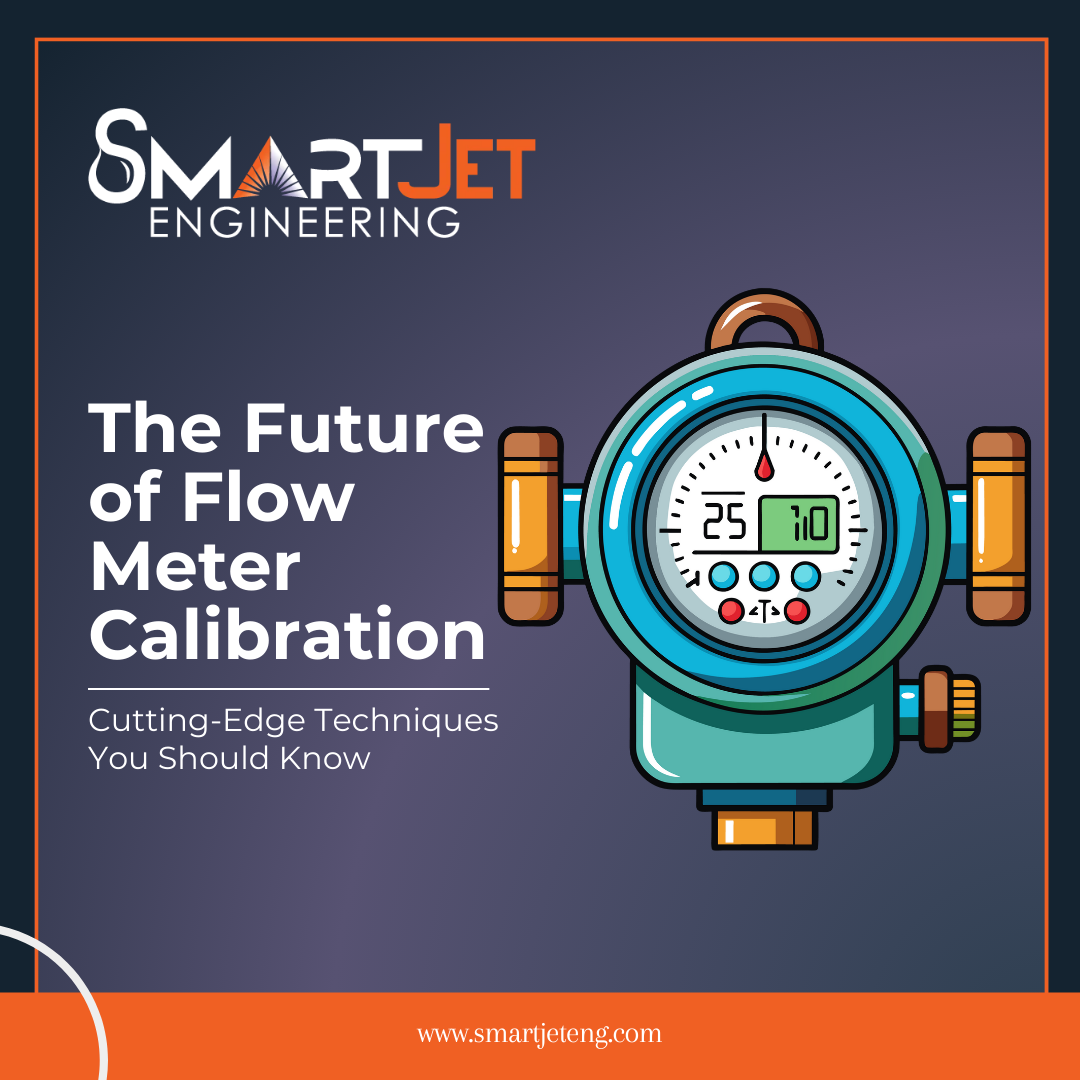
The Future of Flow Meter Calibration: Cutting-Edge Techniques You Should Know
Flow meters play a crucial role in industries such as oil and gas, water management, pharmaceuticals, and food processing, where accurate measurement of liquid or gas flow is essential for operational efficiency and compliance. As technology advances, so does the need for precise calibration techniques to ensure that these meters provide reliable and accurate data. Flow meter calibration is evolving with new, innovative approaches that make it faster, more efficient, and more accurate than ever.
In this article, we’ll explore some of the cutting-edge techniques in flow meter calibration that are shaping the future of the industry.
The Importance of Accurate Flow Meter Calibration
Before we dive into the new techniques, let’s take a look at why accurate calibration is so essential. Flow meters measure the rate of liquid or gas flow through pipes and other equipment. If they aren’t calibrated properly, they can lead to costly errors in production, compliance issues, safety risks, and even environmental consequences in some industries.
Accurate calibration ensures:
- Operational Efficiency: Proper calibration helps optimize processes, reducing waste and improving productivity.
- Cost Savings: Avoids costly errors due to inaccurate measurements.
- Compliance and Safety: Many industries require precise calibration to meet regulatory standards, ensuring both safety and compliance.
1. Digital Twin Technology: A New Era for Flow Meter Calibration
Digital twin technology is revolutionizing various industries, and it’s now being applied to flow meter calibration as well. A digital twin is a virtual replica of a physical device, such as a flow meter, that provides real-time data and allows for remote calibration and monitoring.
- Remote Calibration and Monitoring: By creating a digital twin of the flow meter, operators can monitor and calibrate the meter without physical access. This is especially useful in industries where equipment is located in hard-to-reach areas or hazardous environments.
- Real-Time Adjustments: Digital twins provide real-time insights, allowing operators to make immediate adjustments to calibration settings. This reduces downtime and increases accuracy.
- Predictive Maintenance: Digital twins can analyze historical data and predict when a flow meter might need recalibration or maintenance, reducing unexpected failures.
2. Machine Learning and AI-Driven Calibration
Artificial Intelligence (AI) and machine learning are being used to enhance calibration processes by analyzing large volumes of data from flow meters. These technologies help in detecting patterns and predicting calibration needs, leading to a more efficient calibration process.
- Automated Calibration: Machine learning algorithms can be trained to detect when a flow meter is out of calibration. Automated calibration can then be performed without human intervention, saving time and reducing errors.
- Data-Driven Decisions: AI algorithms can analyze patterns in data to determine the optimal calibration frequency, helping industries reduce unnecessary calibration costs.
- Enhanced Accuracy: By processing real-time data from multiple flow meters, AI can identify anomalies and provide more accurate calibration settings.
3. Portable Calibration Devices for On-Site Testing
Portable calibration devices are increasingly popular due to their flexibility and convenience. Traditionally, flow meters had to be taken offline and sent to a lab for calibration, but portable devices allow for on-site testing and calibration, minimizing downtime.
- Cost-Effective Solution: On-site calibration reduces the need to transport equipment, saving time and money.
- Flexibility: Portable devices can be used across multiple locations, making them ideal for industries with a large number of flow meters spread across different sites.
- Quick and Convenient: These devices are typically user-friendly, allowing operators to perform calibration tests without extensive training. This speeds up the process and ensures minimal interruption to operations.
4. Advanced Coriolis Flow Meters with Built-In Calibration
Coriolis flow meters have long been known for their accuracy and reliability, especially for liquid applications. New advancements in Coriolis technology now allow for self-calibration capabilities, making them more efficient and reducing the need for frequent external calibration.
- Self-Calibration Features: Some advanced Coriolis meters can perform self-calibration in real-time. This feature ensures consistent accuracy without requiring external calibration tools.
- Reduced Maintenance: Since the meter can monitor and adjust its own calibration, there is less need for regular maintenance and calibration checks.
- High Precision: Coriolis flow meters are particularly effective for applications that require high-precision measurements, as they are less affected by pressure and temperature changes compared to other types of flow meters.
5. Wireless Calibration and Remote Data Collection
Wireless technology has made it possible to collect calibration data from flow meters remotely. This is particularly useful for industries that operate across large geographic areas or in challenging environments.
- Remote Calibration Capabilities: Wireless-enabled meters allow operators to calibrate devices from a central location, making it easier to manage multiple meters across vast distances.
- Improved Safety: In hazardous environments, wireless calibration reduces the need for technicians to physically access equipment, enhancing safety.
- Real-Time Data Access: Wireless technology provides instant access to calibration data, allowing operators to monitor performance and make adjustments as needed without physical presence.
6. Advanced Data Analytics for Calibration Optimization
Data analytics is another powerful tool for optimizing flow meter calibration. By analyzing historical and real-time data, companies can make better-informed decisions regarding calibration schedules, methods, and techniques.
- Optimized Calibration Schedules: Data analytics allows companies to determine the ideal calibration intervals based on usage patterns, flow rates, and environmental conditions.
- Anomaly Detection: Advanced analytics can detect deviations from standard measurements, signaling when calibration is necessary and preventing costly errors.
- Custom Calibration Profiles: Based on data, custom calibration profiles can be created for each flow meter, ensuring that calibration is tailored to specific usage needs and improving measurement accuracy.
7. Integration with Industrial IoT (IIoT) Systems
The Industrial Internet of Things (IIoT) is transforming calibration by enabling connected flow meters that communicate within a larger network. Integrating flow meters with IIoT systems allows for streamlined data collection, remote monitoring, and automation.
- Continuous Monitoring: Connected flow meters send data to a centralized system in real time, allowing for continuous monitoring and quick detection of any calibration drift.
- Automated Alerts: IIoT systems can trigger alerts when calibration is needed, ensuring that all equipment stays within the required accuracy range.
- Seamless Integration with ERP Systems: Integrating flow meter data with enterprise resource planning (ERP) systems provides a holistic view of operational performance, helping companies align calibration needs with production goals.
Conclusion
The future of flow meter calibration is marked by innovation, precision, and automation. From digital twin technology and AI-driven calibration to wireless remote access and IIoT integration, these advancements are transforming how calibration is performed. These new techniques are not only enhancing accuracy but also improving efficiency, reducing downtime, and optimizing costs.
At Smart Jet Engineering, we stay ahead of the curve by offering advanced solutions for flow meter calibration that incorporate the latest technologies. Whether you’re looking to implement predictive maintenance, explore wireless calibration options, or take advantage of AI and data analytics, our expertise ensures you’ll find the best solution for your calibration needs. Embrace the future of flow meter calibration with Smart Jet Engineering and experience precise, efficient, and cost-effective calibration solutions.
FAQs
Q1. What is digital twin technology in flow meter calibration?
Digital twin technology creates a virtual replica of a flow meter, allowing for remote monitoring, real-time calibration adjustments, and predictive maintenance.
Q2. How does machine learning improve calibration accuracy?
Machine learning analyzes large datasets from flow meters, identifying patterns and predicting calibration needs, which results in more accurate and efficient calibration processes.
Q3. Are portable calibration devices reliable for industrial use?
Yes, modern portable calibration devices are highly reliable and convenient for on-site calibration, reducing downtime and eliminating the need for lab testing.
Q4. What are the benefits of self-calibrating Coriolis flow meters?
Self-calibrating Coriolis flow meters provide real-time calibration, reducing the need for regular maintenance and improving measurement accuracy.
Q5. How can IIoT integration enhance flow meter calibration?
IIoT allows for continuous monitoring, automated alerts, and data sharing across networks, making it easier to maintain accurate calibration and optimize operational efficiency.



